thank you for sharing the query. An Azure AD B2B user (gmail user) can go ahead and successfully fetch an access-token from AAD, using an Implicit Flow. You can use the following request to achieve the same:
https://login.microsoftonline.com/{tenant-id}/oauth2/v2.0/authorize?client_id={client-id}&response_type=token&redirect_uri={redirect-uri}&scope=openid%20https%3A%2F%2Fgraph.microsoft.com%2Fuser.read&response_mode=form_post&state=12345&nonce=678910
Now what I am confused with is the following statement "it fails on web api token validation as described here." and also the screenshot you attached is using OBO flow and not implicit flow.
So, is it like:
- You get a token using implicit flow for a user
- After that, you send that token to lets say API-1
- Then API-1 does OBO flow and tries to get another token for another api lets say API-2
While doing step 3 it fails?
If this is the scenario, then please check the following section "As of May 2018, some implicit-flow derived id_token can't be used for OBO flow. Single-page apps (SPAs) should pass an access token to a middle-tier confidential client to perform OBO flows instead. For more info about which clients can perform OBO calls, see limitations."
More details can be found here: https://learn.microsoft.com/en-us/azure/active-directory/develop/v2-oauth2-on-behalf-of-flow
If this is not the case, then please do share some more details around this so that we can understand the setup better.


